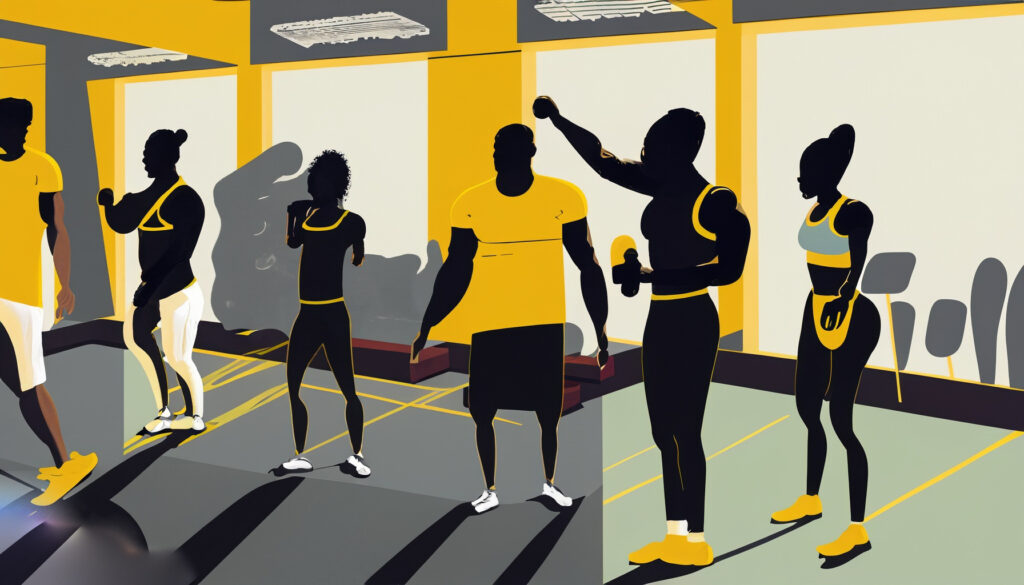
The Digital Age Paradox
In today's digital age, the value of genuine, human connection cannot be understated. As technology continues to weave itself into every aspect of our lives, we find ourselves more "connected" than ever before, yet paradoxically experiencing less meaningful interpersonal interaction. The COVID-19 pandemic further magnified the issue, forcing physical distancing measures and making it more difficult to maintain those real-life connections.
The Vital Role of Social Connection
Personal trainers and physical therapists are at the forefront of fostering a sense of community and connection among their clients. As studies have shown, the lack of social connection can be as detrimental to health as smoking 15 cigarettes a day. This stark revelation underscores the necessity of social connections for our overall well-being.
In the context of a fitness or rehabilitation setting, social connections can boost motivation, commitment, and enjoyment. Individuals are more likely to sustain their engagement in therapy or training when they feel part of a community, leading to better health outcomes.
Spaces That Foster Connection
Designing spaces that promote social connection is a powerful tool in the fight against loneliness and isolation. Personal training and physical therapy facilities can transform from being solely about physical health improvement to becoming social hubs. They become places where individuals can connect, support one another, and collectively embark on their health and wellness journeys. This sense of community can significantly reduce feelings of isolation, contributing positively to individuals' emotional well-being and creating a more fulfilling and productive experience.
Moving Forward: The Role of Trainers and Therapists
In our era of physical distancing, the importance of fostering and maintaining social connections is more critical than ever. Personal trainers and physical therapists are uniquely positioned to make a positive impact in this area. They have the opportunity to create spaces that encourage social connection, leading to healthier and more connected communities.
Creating such communities will require more than just a physical space. It will involve active listening, creating opportunities for interaction, and ensuring every person feels welcomed and valued. This commitment to promoting social connection is a critical part of the future of physical therapy and personal training.
Conclusion: Building Healthier, Happier Communities
In conclusion, personal trainers and physical therapists have a pivotal role in combatting loneliness and isolation. By creating spaces that foster social connection and building a sense of community, they can provide their clients with more than just physical health support. They can contribute to their overall well-being and help to create healthier, happier communities.
No Comments.